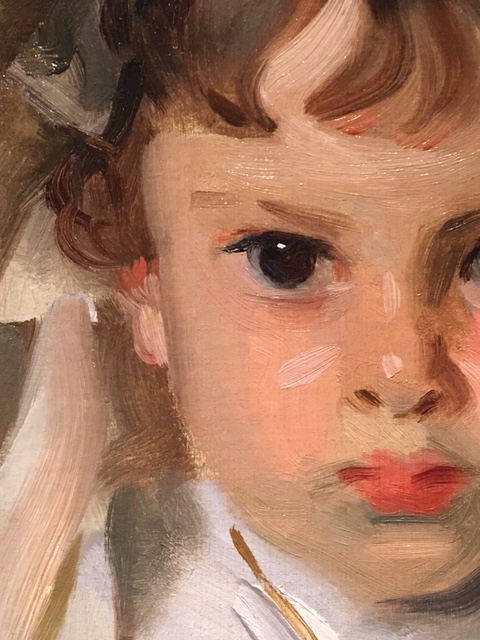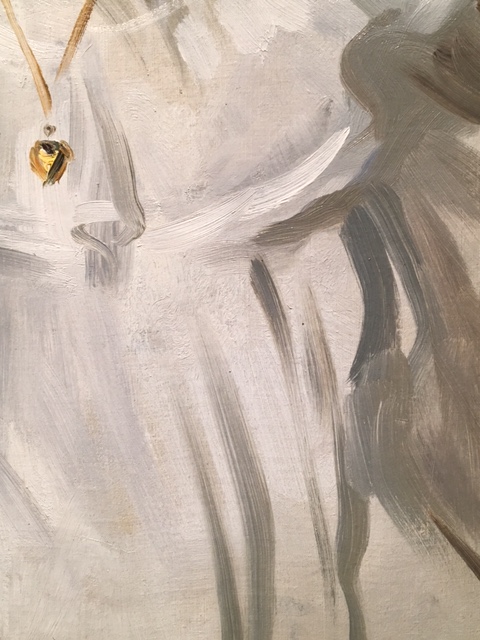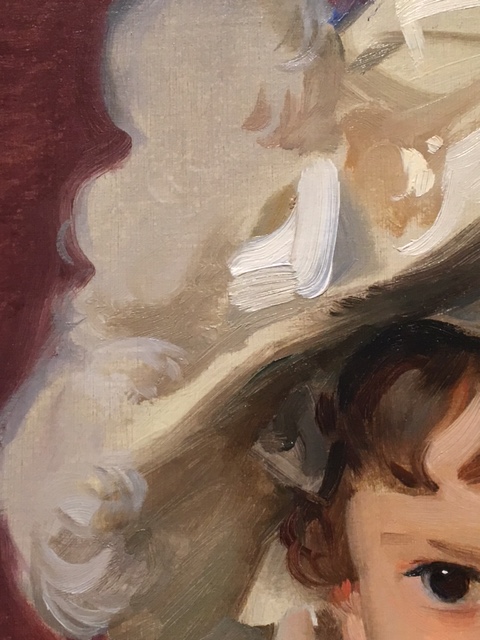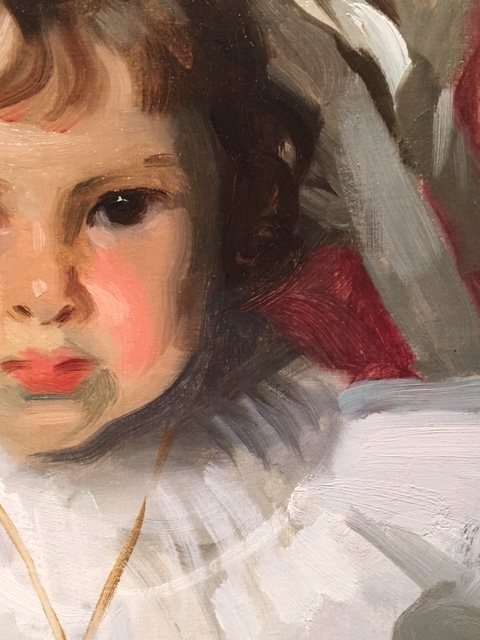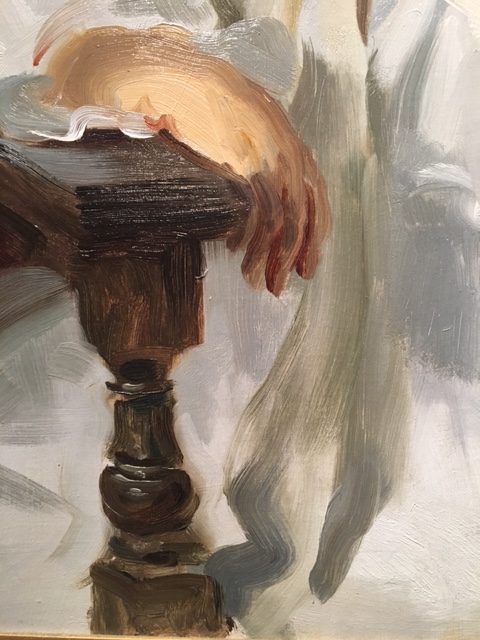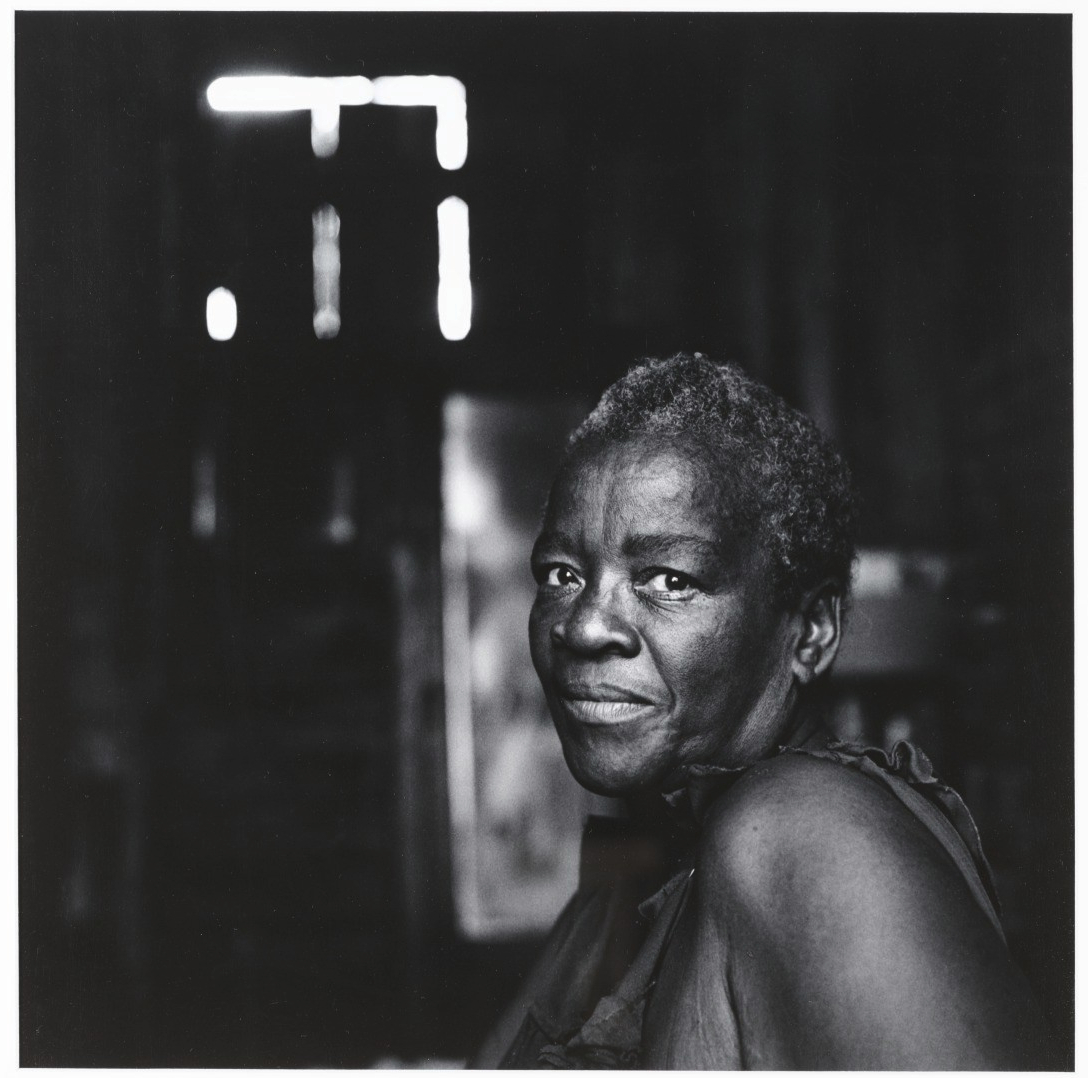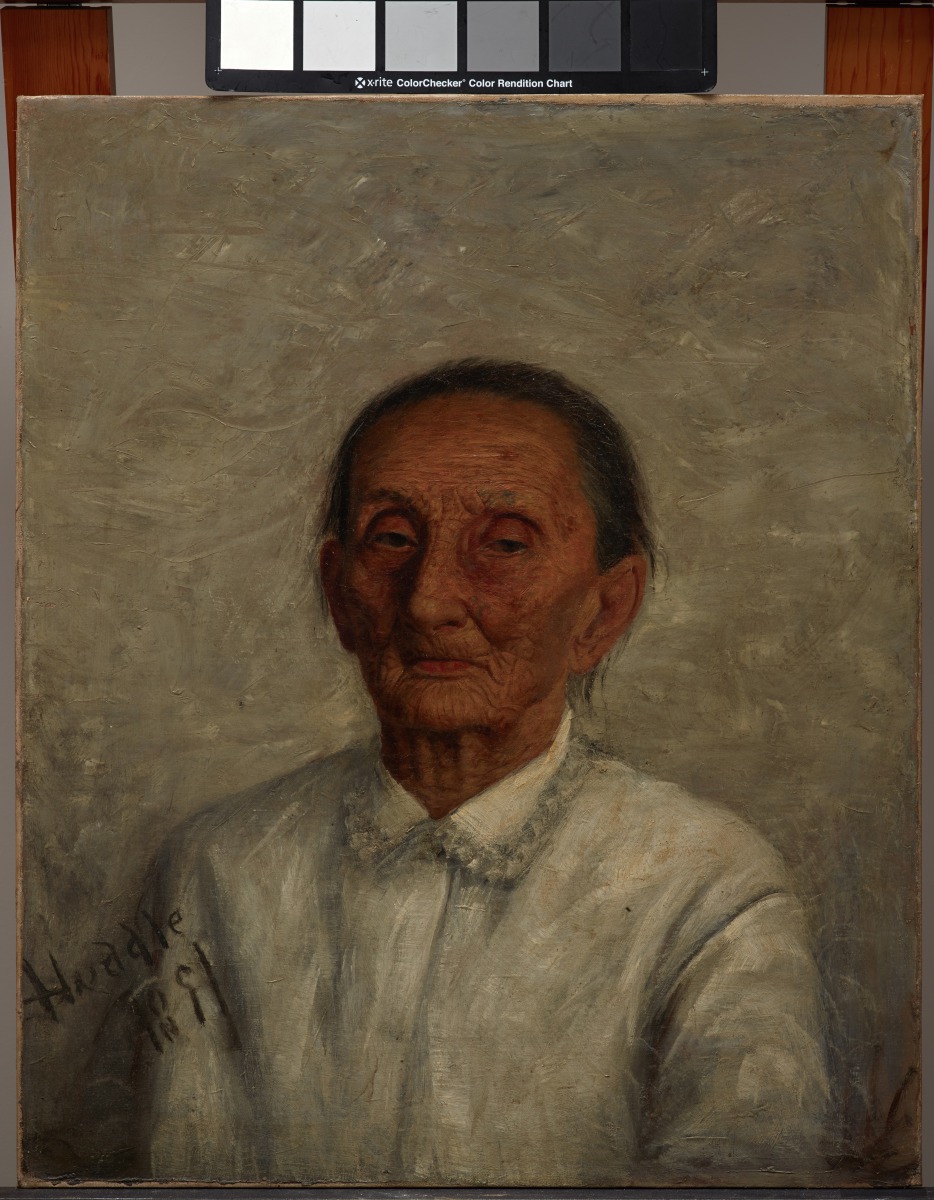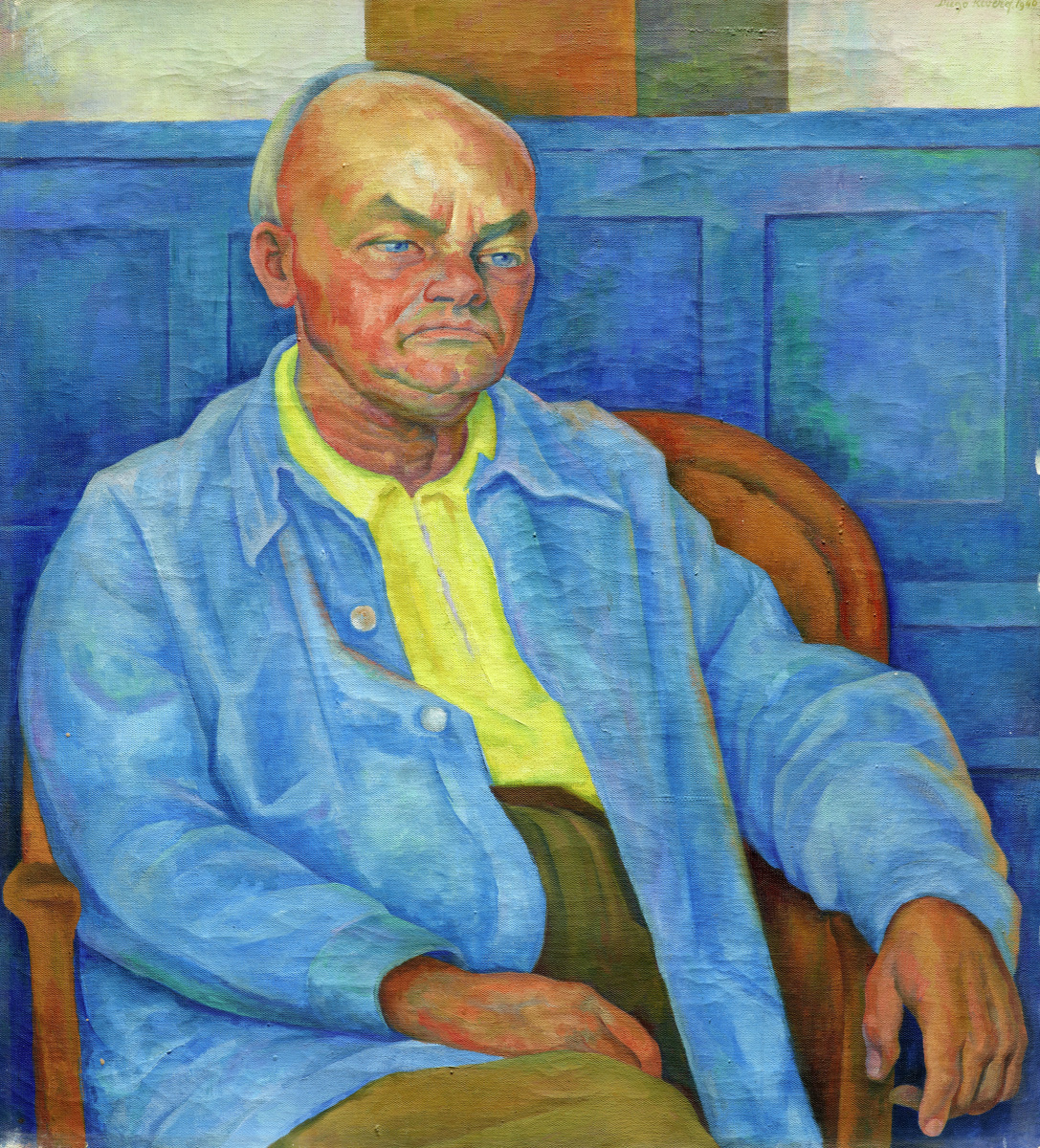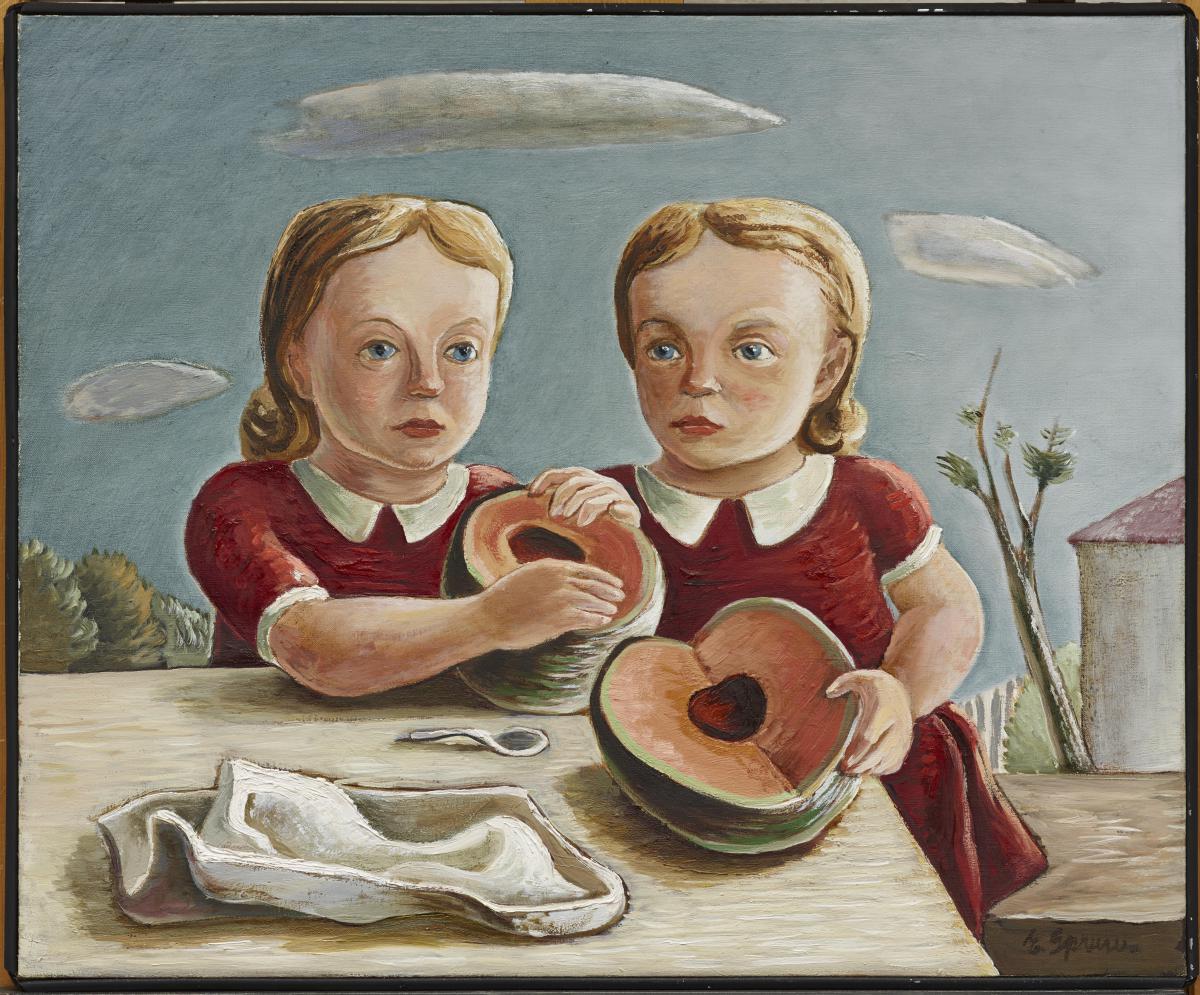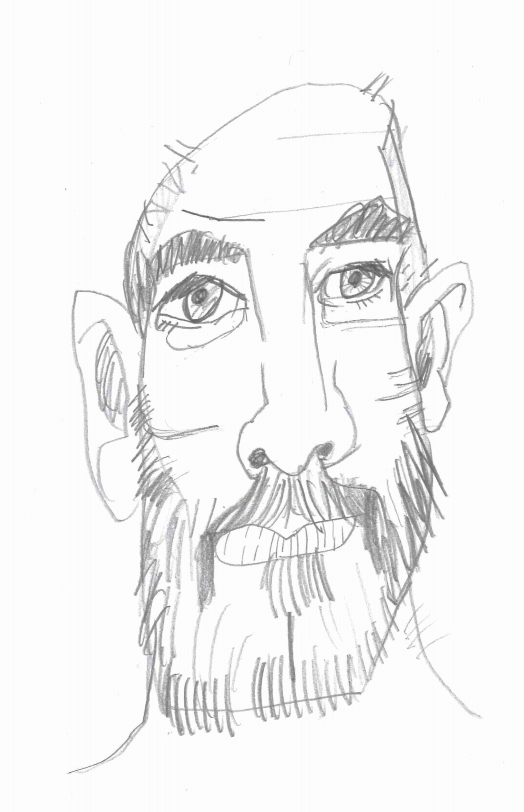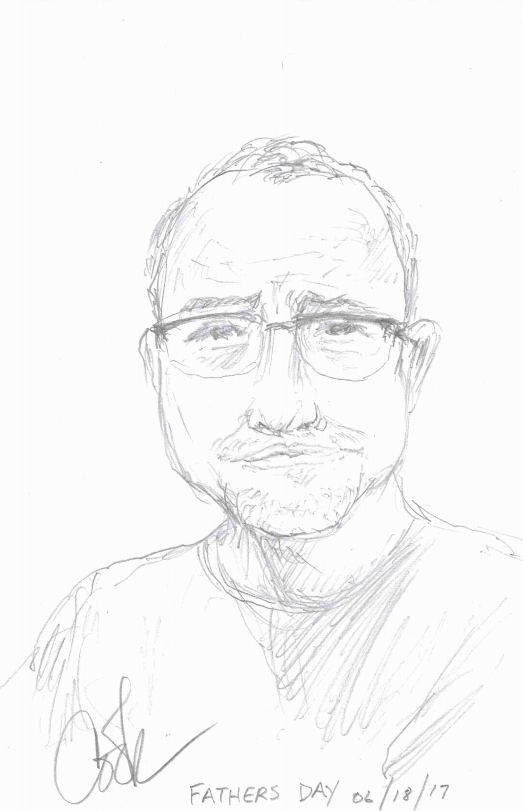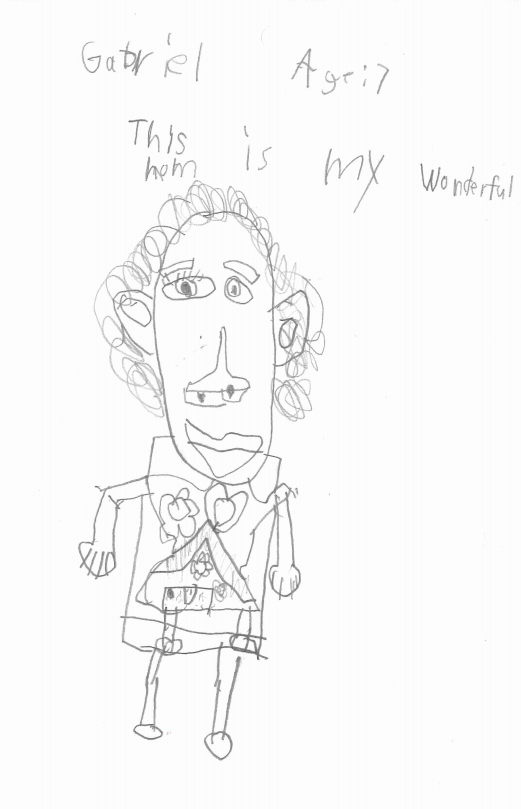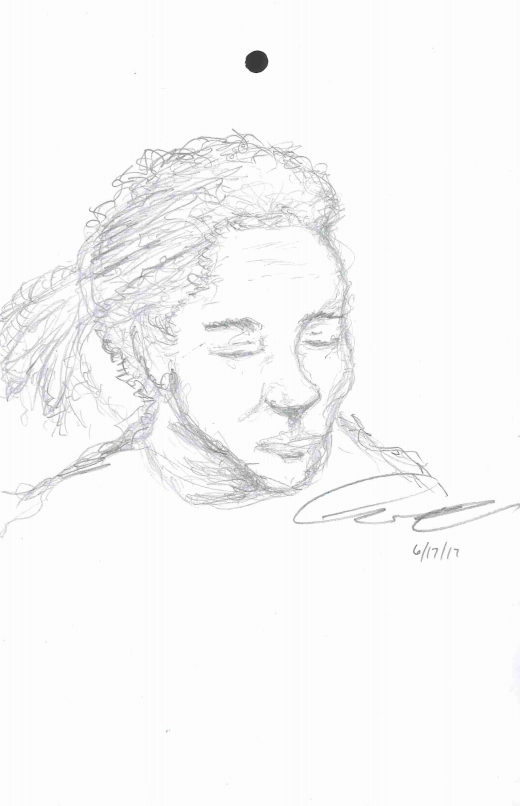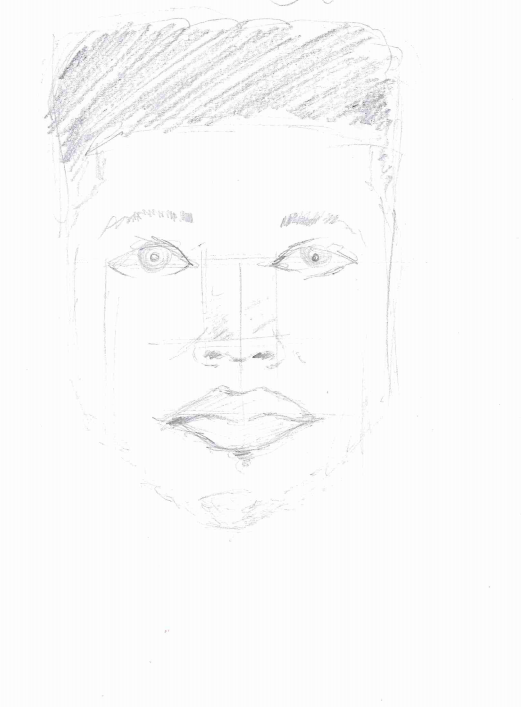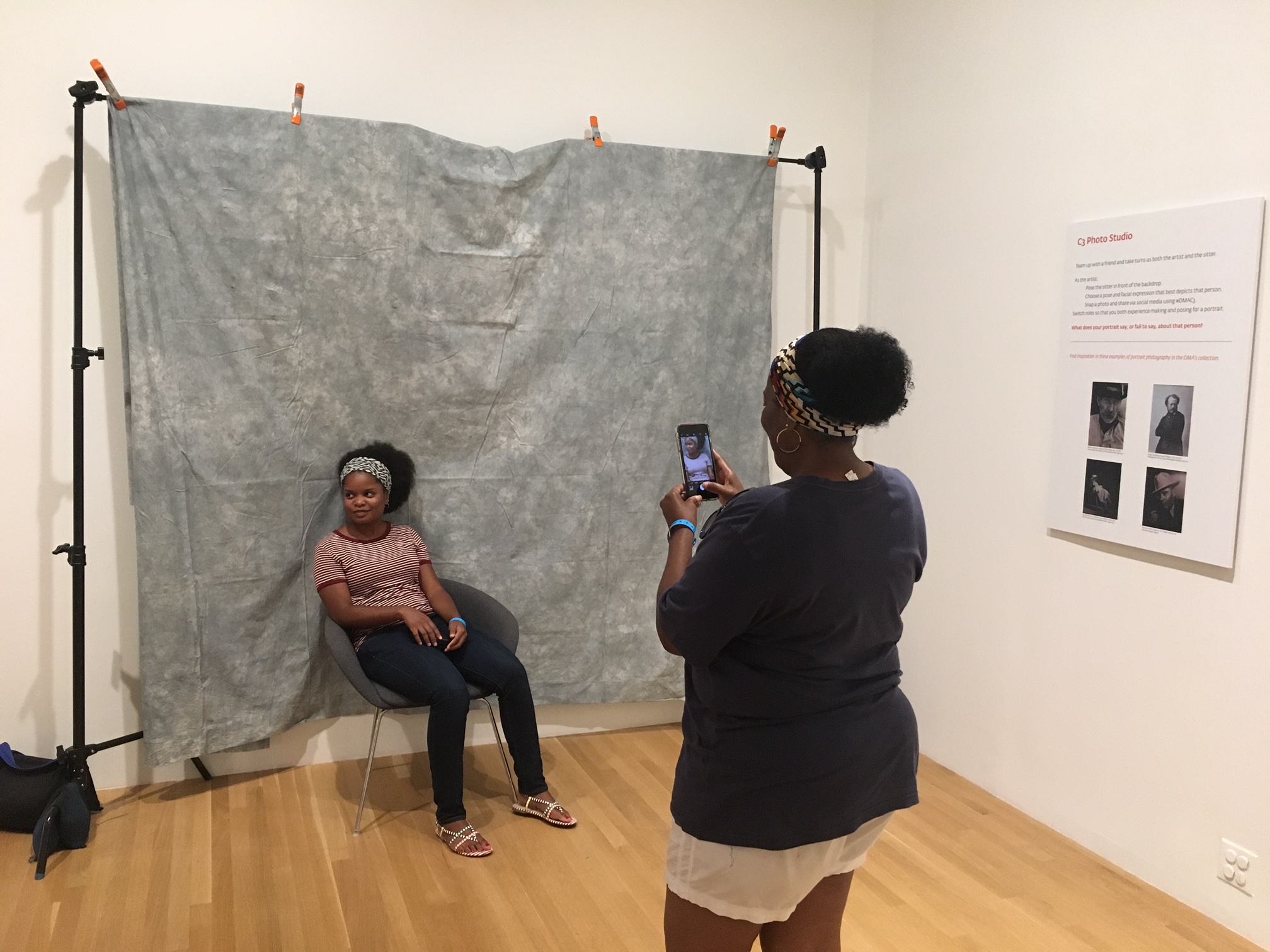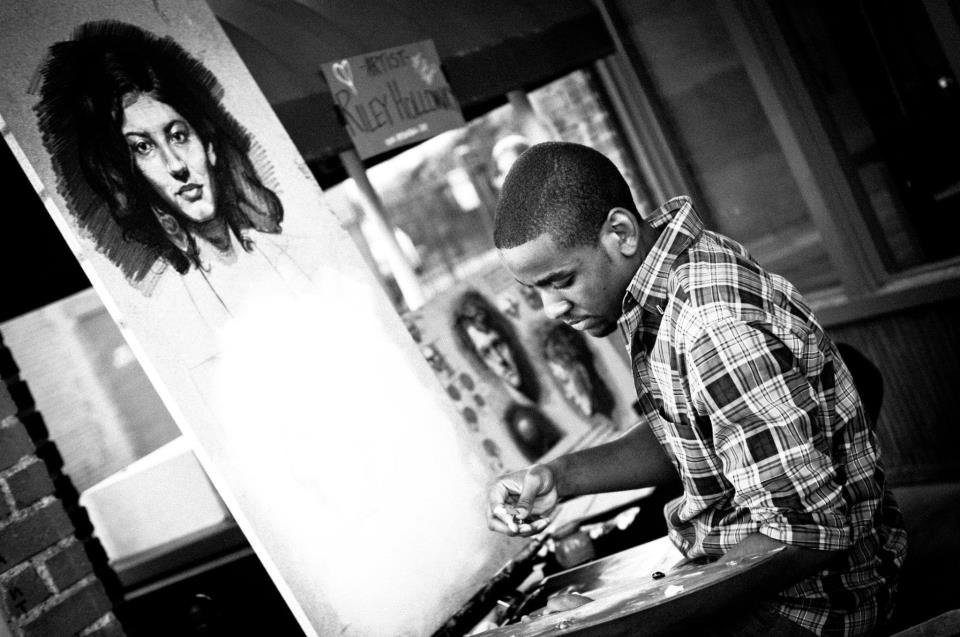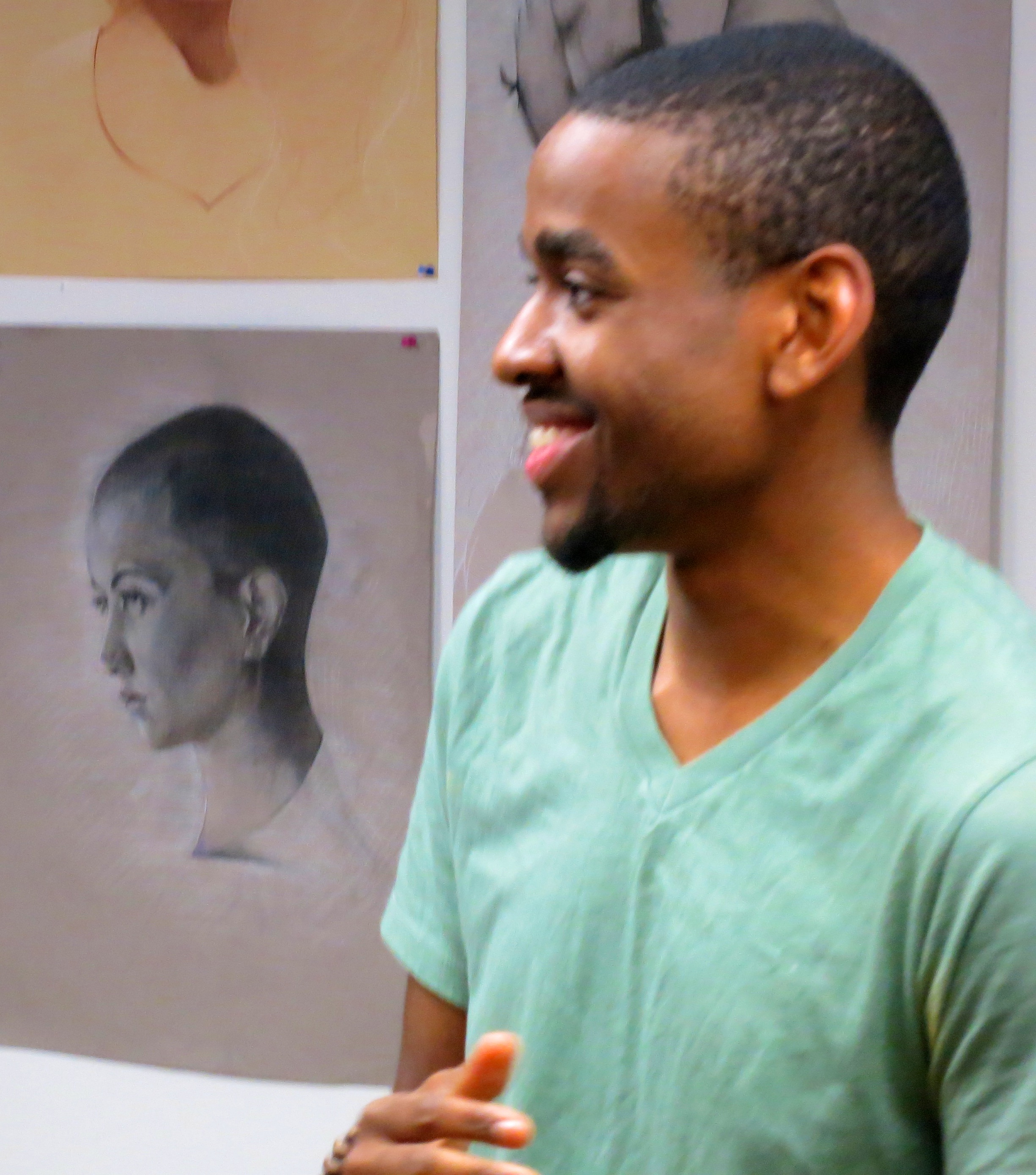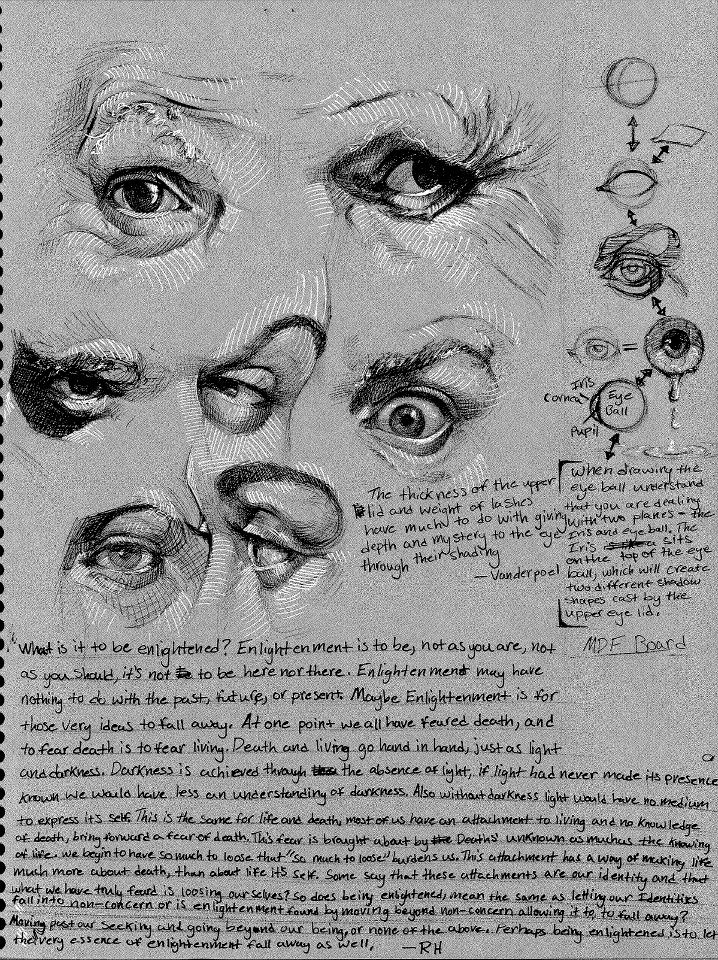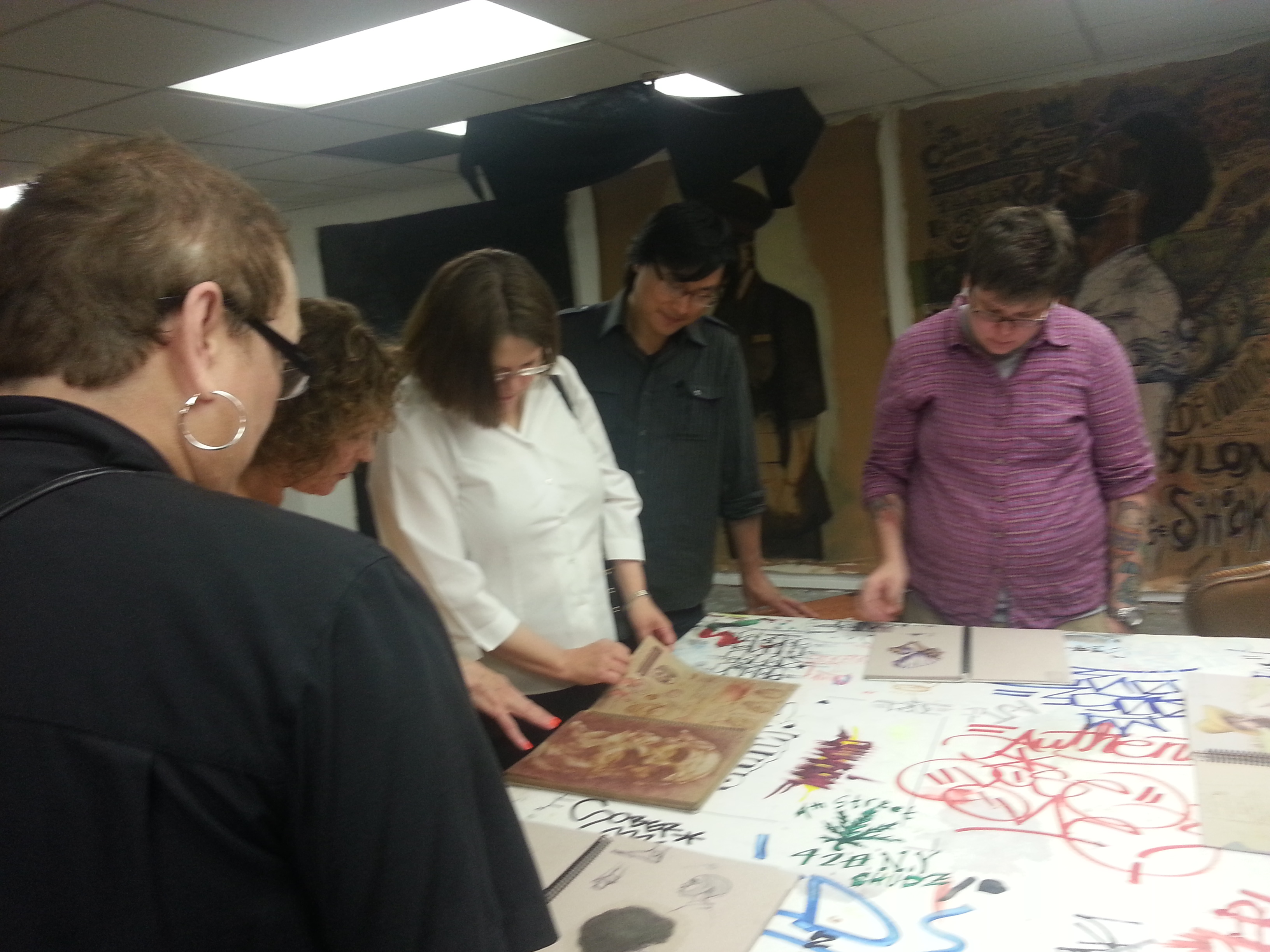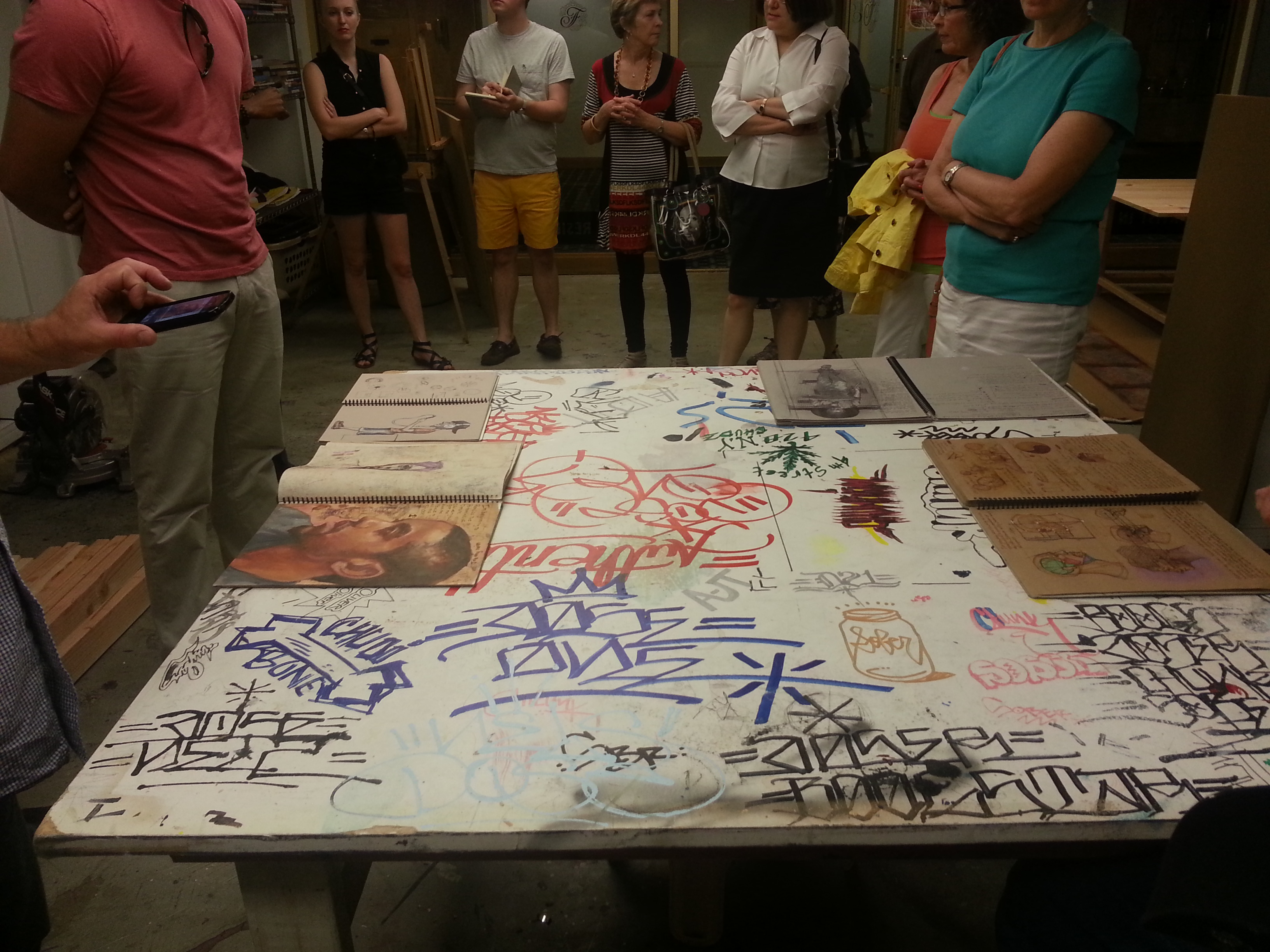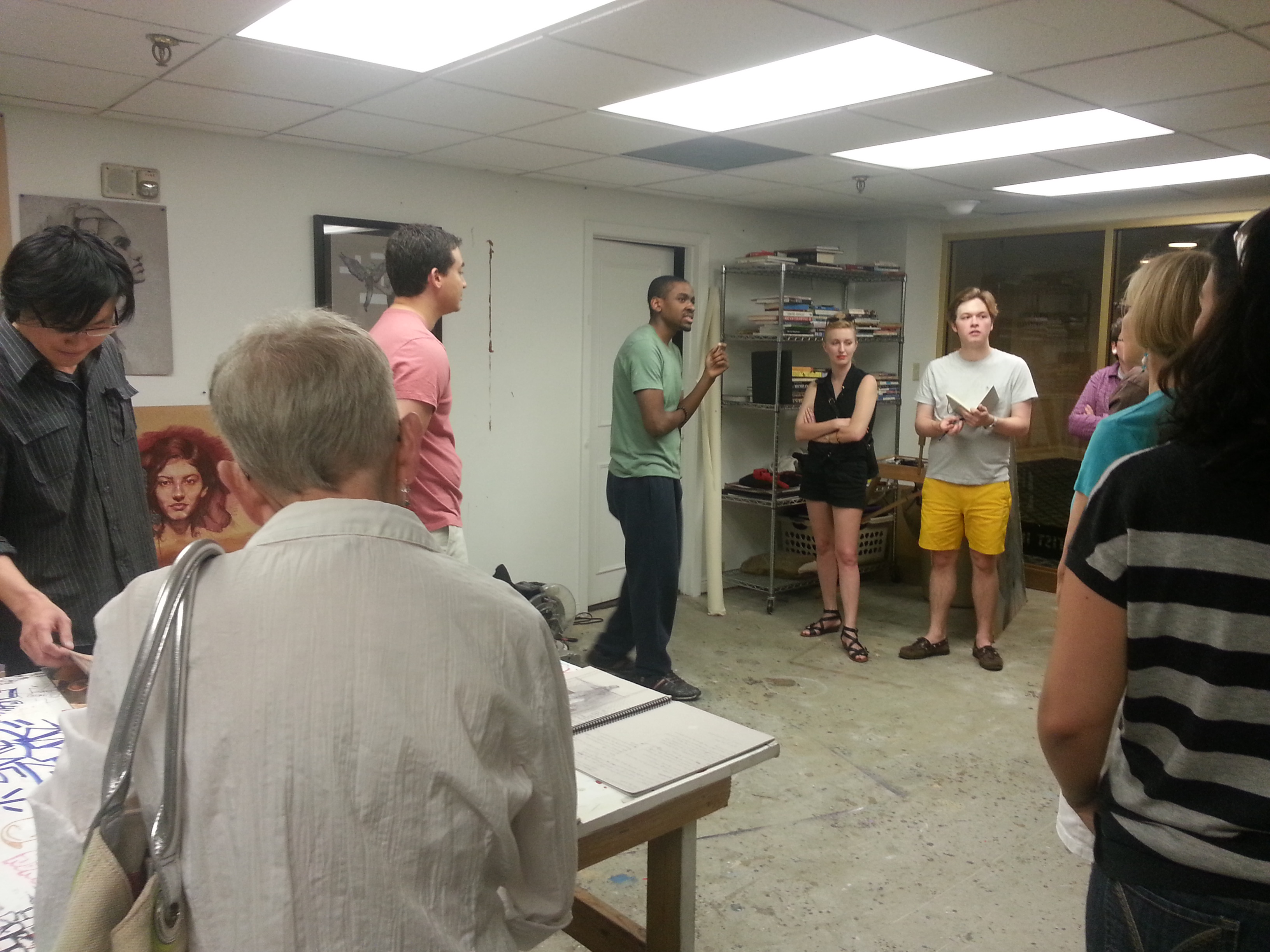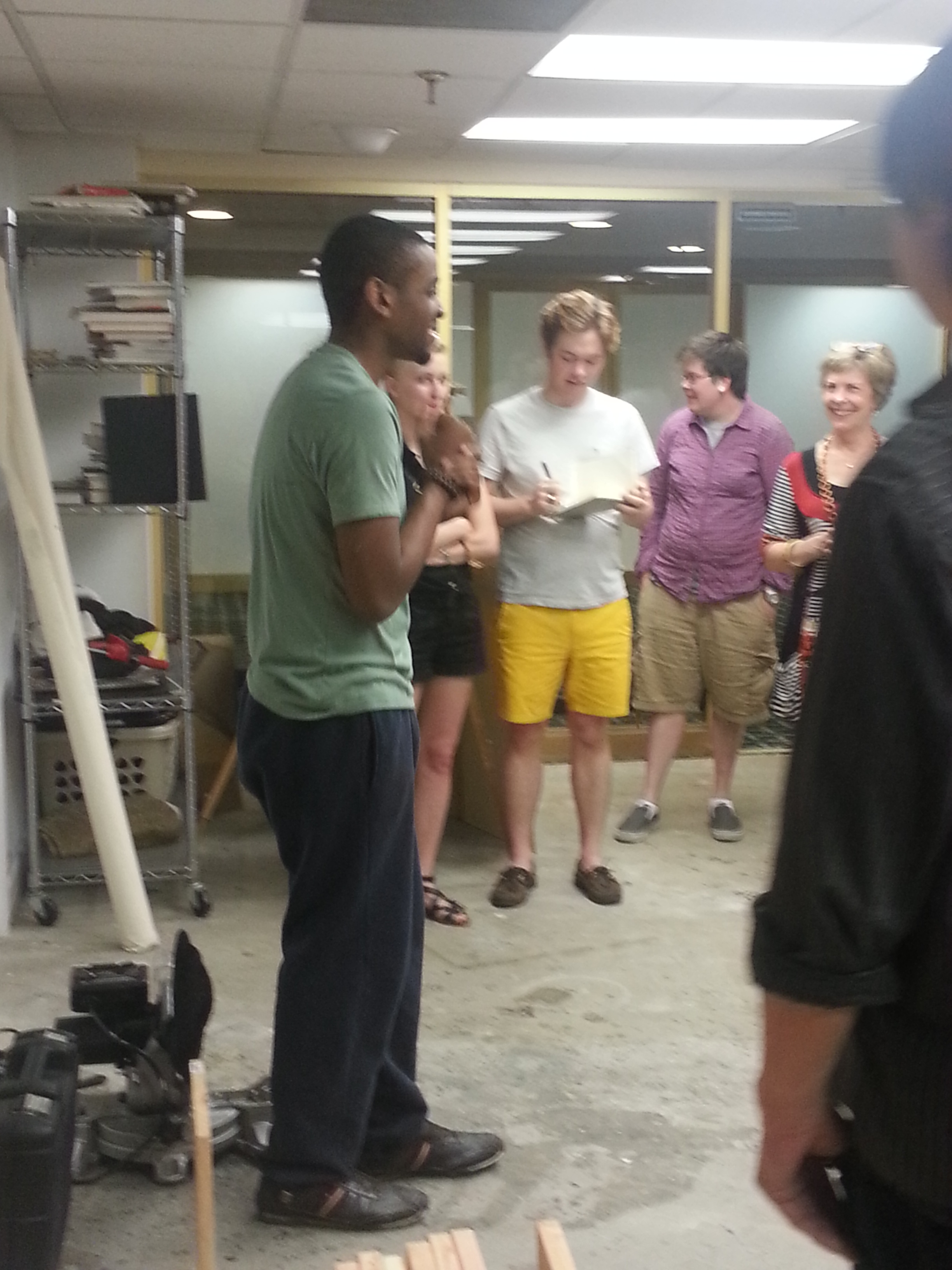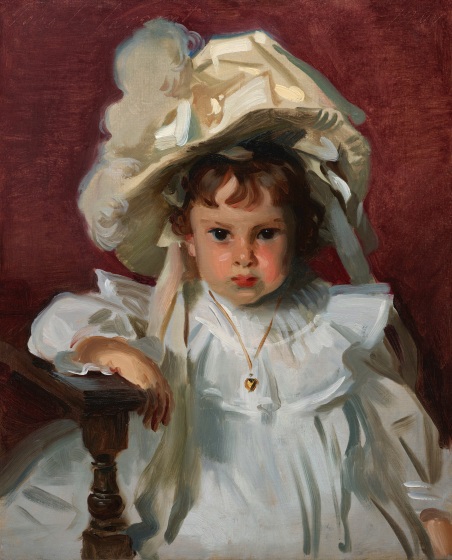
John Singer Sargent, Dorothy, 1900, oil on canvas, Dallas Museum of Art, gift of the Leland Fikes Foundation, Inc., 1982.35
On an afternoon in London, a two-year-old girl posed for the American artist John Singer Sargent (1856-1925). Dorothy Williamson was the granddaughter of one of Sargent’s American patrons, and sat before one of society’s greatest portraitists. But how long could a toddler sit still? What might that studio visit have been like?
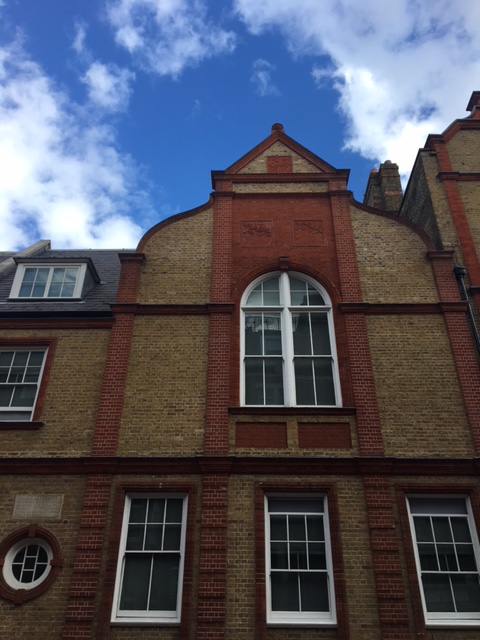
Sargent would have painted Dorothy in his Tite Street studio in London (Oscar Wilde and James McNeill Whistler had also lived on the street). Behind the imposing bricks, the room was packed with antique silks, Chinese screens, and a gramophone to play music for clients.
Dorothy herself was perched on one of the chairs the artist kept around the studio. Sargent was already familiar with painting upper-class children: to keep them entertained and holding a pose, he might bribe them with oranges, whistle a tune, or recite a limerick.
First, he would place the easel next to Dorothy so he could step back and visualize sitter and canvas together. Sargent advised his students to place lots of paint on the palette in order to create a thick layer on the canvas. With the brush, he would start to add flesh colors, apply dark tones for contours around the eyes and mouth, and finish it off with white highlights along the nose and rosy cheeks.
Rather than create preparatory sketches, he often worked ideas out on the canvas—even painting a portrait in one afternoon. To capture the wriggling toddler, Sargent set up a fast-paced sitting, seen in his sketchlike brushwork. As he looked at tones and shadows, suddenly a face would miraculously emerge from the background. He tried to use the fewest strokes, perhaps a single mark for Dorothy’s bangs or pursed lips. He dashed a blue line for a shadow under the pudgy cheeks and left bits of the cream canvas untouched to suggest voluminous feathers on the hat. Sargent also added a single mark of white to the hat for a flamboyant detail.
He took breaks to play a song on the piano, and then jumped up to finish a few brushstrokes. Sitters described how he would run toward the canvas with a loaded brush of paint, balance a fragrant cigarette in his mouth, and suddenly make a single stroke on the canvas. Looking closely, you can almost see Sargent’s gestures, when he arched his brush, twisted the wrist, and finally made a stroke on the canvas. He described wanting to create portraits that were “alive”—capturing a sitter in the midst of moving or speaking. The result is Dorothy’s hand—energetic and vibrating strokes for the fingers.
Sargent would hold his brush in the air and then place it down upon the canvas exactly where he wanted it to fall. As described by one of his students, “The stroke resounded almost like a note in music.” My personal favorite is the gray line that travels down the pinafore, just one stroke to suggest the folds of the dress.
Finally, he added the finishing touch—the signature. On the upper left side of the canvas, Sargent playfully signed his name with the butt-end of the brush by scratching into the paint layers. Come visit little Dorothy in the Level 4 galleries and marvel at Sargent’s dazzling skill.

Lea Stephenson is the McDermott Graduate Intern for American Art at the DMA.
